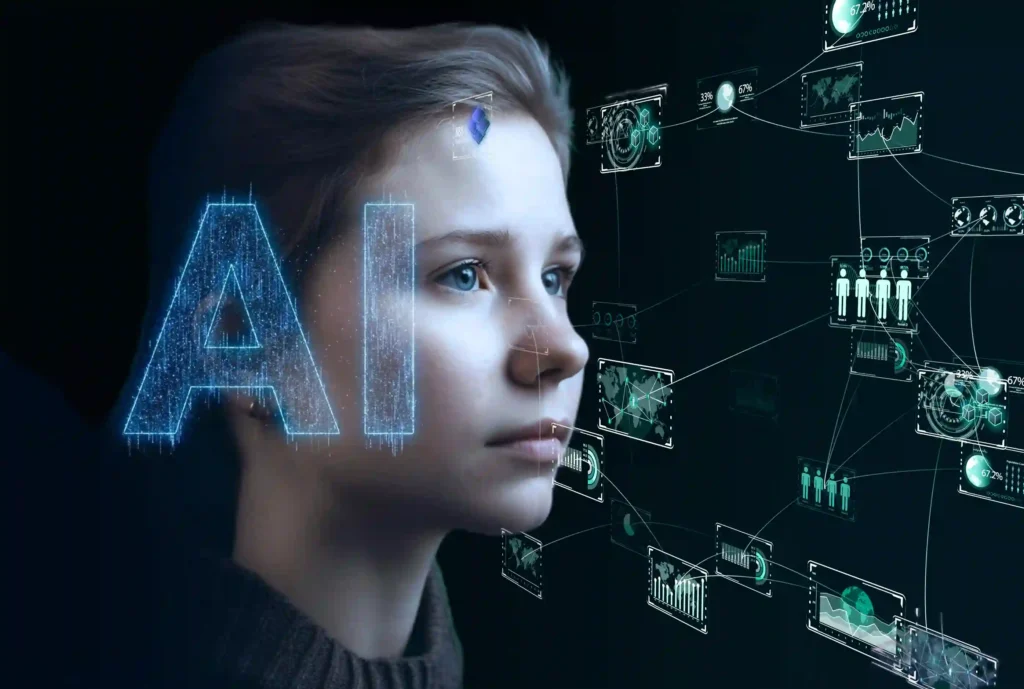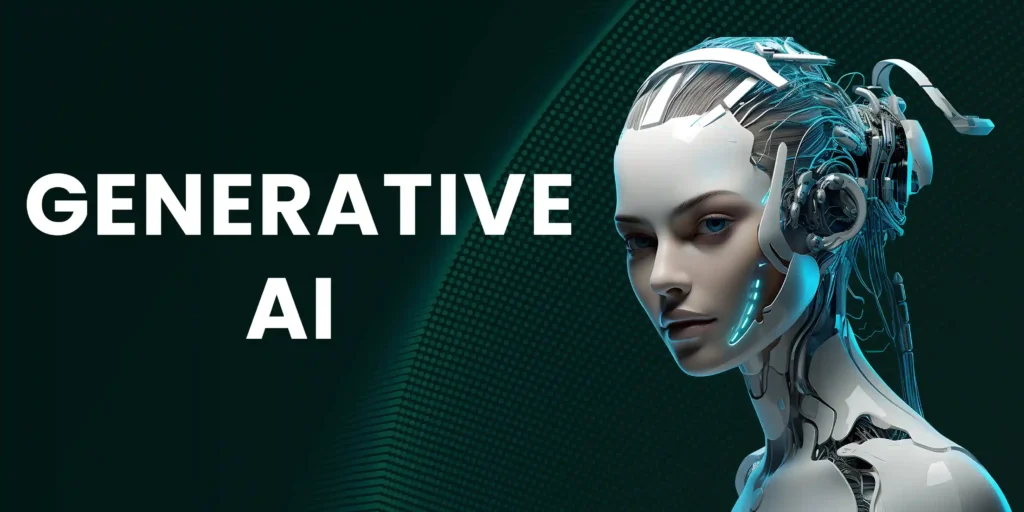One interesting area of artificial intelligence that has received an extensive amount of attention recently is generative AI, regularly known as generative adversarial networks or GANs. We will discuss what generative AI is, how it functions, some of its uses, and why it’s a fascinating field of research in this blog post.
What is Generative AI?
A category of artificial intelligence called “generative AI” is involved with producing fresh and creative content, including writing, pictures, music, and videos, using patterns and data that it already knows. Because it can create previously unthinkable content, this AI technology is a potent tool for creativity and innovation, in contrast to typical AI models that are made for specific purposes.

How Does Generative AI Work?
Advanced algorithms and neural networks are used by generative AI to find connections and patterns in data. Generative Adversarial Networks are one of the most popular this AI technology approaches (GANs). The generator and the discriminator, two neural networks, collaborate in a competitive way in GANs.
Generator: The generator’s job is to take a starting point or random input and turn it into new stuff, such as text or graphics. It creates material that imitates the characteristics and patterns seen in the training set of data it has studied.
Discriminator: The discriminator’s job is to separate the real content from the produced content using the training set. Over time, it picks up on the distinctions and becomes more adept at recognizing the difference between created and actual information.
The discriminator improves at identifying created content from actual content while the generator improves at producing actual material through this adversarial process. Generative AI models produce realistic and high-quality output because of this dynamic competition.
Applications of Generative AI
There are many uses for generative AI in a variety of sectors. Among the interesting applications are:
Art & Design: Generative AI can produce original and creative visual content, designs, and artwork. It can provide unique textures, patterns, and styles that inspire the creativity of designers and artists.
Content Generation: Based on themes or styles, this AI technology can produce written material, including stories, writing, and articles. It can also make realistic visuals, audio, and video animations.
Data Augmentation: To enhance model performance and durability, this AI technology is used in machine learning to generate new training data.
Healthcare: To create artificial images for training and testing diagnostic models, generative AI is used in medical imaging. Based on patient data, it can also generate customized treatment programs.
Game and Entertainment: Virtual worlds, immersive experiences, and characters are created in the game business through the application of generative AI. It can dynamically create new game levels, situations, and content.
Why Generative AI is Exciting
Why Generative AI is Exciting
Creativity: It produces unique and innovative content that can encourage and innovate across a variety of industries, opening new creative avenues.
Versatility: The possible importance and versatility of this AI technology can be seen by the range of fields in which it can be applied, from gaming and healthcare to art and design.
Innovation: It promotes innovation by producing fresh concepts, answers, and opportunities that push the limits of AI’s capabilities.
Human-like Output: As this AI technology advances, the result is increasingly human-like and like real content, creating realistic simulations and immersive experiences.
Future Trends in Generative AI
Generative AI has an exciting future ahead of it, full of creative chances and amazing possibilities. Innovations and trends include:
AI-driven Creativity: As generative AI continues to support creative efforts, it will allow musicians, writers, painters, and designers to extend past the limits of their mediums and discover new creative worlds.
AI-augmented Workflows: In a variety of industries, this AI technology will enhance human workflows by automating boring operations, producing content on a large scale, and supporting decision-making.
AI-powered Personalization: this AI technology will power customized experiences in marketing, entertainment, healthcare, and education by providing people with individualized services, recommendations, and information.
Ethical AI Development: Frameworks for resolving the ethical, social, and cultural implications of generative AI technologies will be stressed, along with ethical AI development techniques and responsible AI deployment.
Collaborative AI Ecosystems: As these ecosystems develop, interactions between end users, domain experts, and AI developers will be encouraged to co-create creative solutions and applications.
FAQS
Systems that can produce new text, graphics, or music based on patterns found in data are referred to as generative AI systems. It stimulates and enhances the input it was trained on via algorithms like neural networks.
Because it can produce original content, realistic photos and videos, help with creative work, and increase productivity through automation and innovation in a variety of industries, including healthcare, finance, and entertainment, generative AI is important.
The mid-2010s experienced an increase in the use of generative artificial intelligence due to developments in deep learning methods such as transformer models and GANs. Innovations in image creation, natural language processing, and innovative uses for a range of industries boosted the company forward.
Conclusion
The exciting field of this AI technology has huge potential for impact across multiple industries and for creativity and innovation. It extends the limits of what is possible with artificial intelligence by helping AI systems produce fresh, creative material. We can expect ground-breaking uses and innovative encounters that change how we engage with technology and promote human creativity as this AI technology develops and advances.
